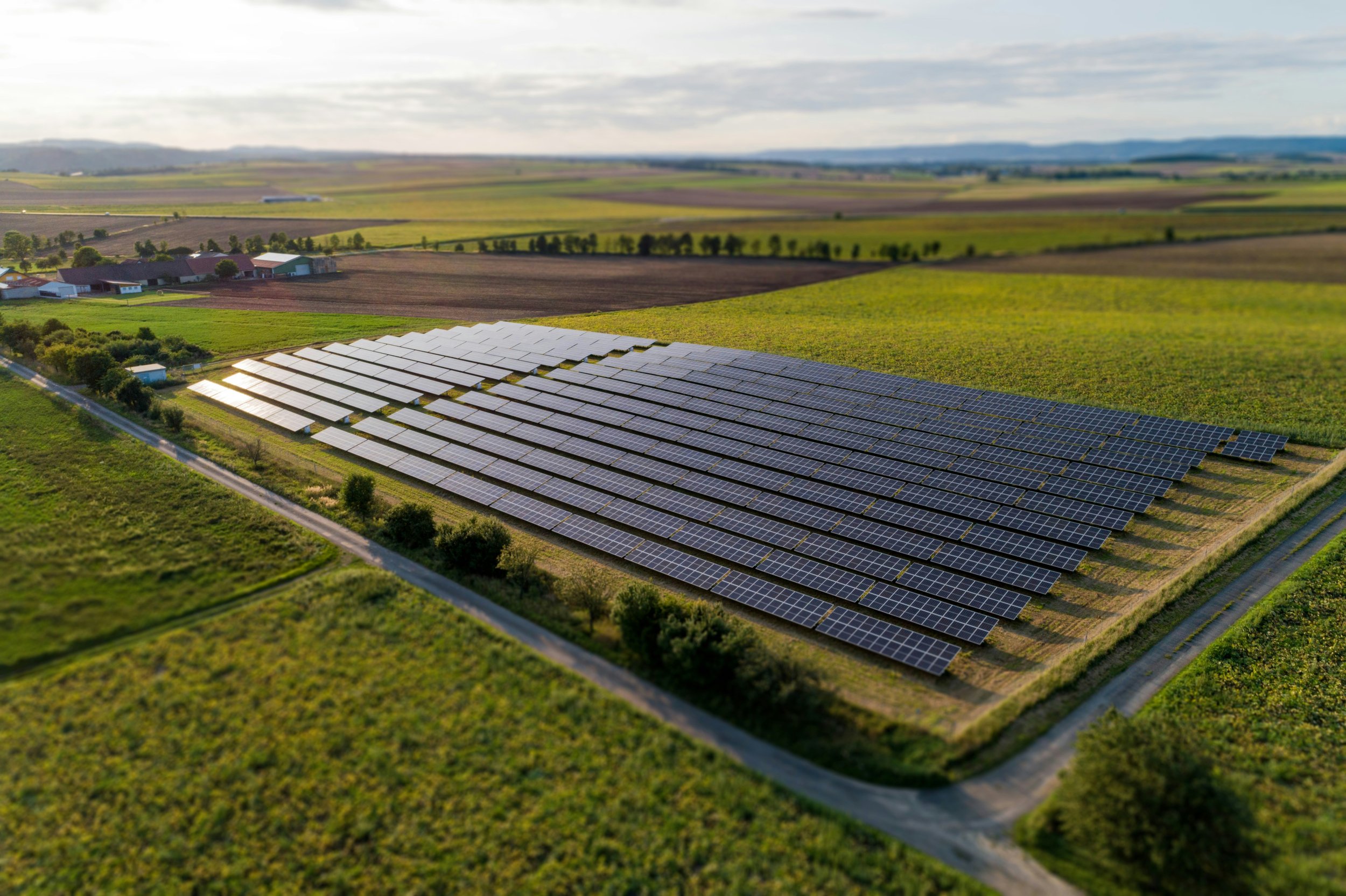
Agri-voltaics
TECHNOLOGY
Agri-voltatics is an innovative way of combining food production and solar energy generation using the same area of land. Globally Agri-voltaic projects has been successfully developed in countries such as Japan, France, India, USA and Australia.
BENEFITS
-
Agri-voltaic systems significantly improve the quality of the air and soil, and decreases water use due to more shade being available in the surrounding microclimate, resulting in the improved health of crops and livestock.
-
Due to the improved microclimate of the area and more protection from harsh weather such as hail, extreme sunlight and strong winds, crops and livestock produce higher yields comparing to conventional agricultural practices.
-
Combining agriculture and renewable energy production results in higher utilisation of land area whilst lowering the pressure of existing resources such as water. This also increases employment and food security in the surrounding communities.
-
Integrating renewable energy into an agricultural operation significantly reduces the need for non-renewable fossil fuel energy generation, therefore lowering GHG emissions.
Increasing the vegetation of the area also results in a higher amount of carbon being sequestrated out of the air.
-
Solar PV infrastructure benefits from an improved microclimate. Cooler air results in cooler solar panels which are more efficient when generating energy. This also helps the infrastructure to last longer due to a decrease in heat which may damage the solar PV components over time.
HOW IT WORKS
Co-production of solar energy and agricultural food products is done by installing solar PV infrastructure over a section of land where crops can grow or domestic animals such as cattle, sheep or goats can graze freely. This is know as an Agri-voltaic system. The design of the Agri-voltaic system involves optimising the ground cover ratio and height of the installed infrastructure to improve the microclimate conditions of the land area, such as humidity, air and soil temperature, soil moisture, wind speed and water evaporation.
INTERESTING FACTS
Average increase in water use efficiency on grass pastures for livestock grazing
300%
Up to 10°C reduction of solar panel temperature
10°C
Average increase in crops yields
200%
Of additional energy per year for a 1 MW solar PV installation
18MWh

Extra shade is provided by the Agri-voltaic infrastructure, resulting in an improved micro-climate for crops planted underneath

Agri-voltaic infrastructure can be designed to accommodate the required heights for various types of crops

An example of how Agri-voltaic infrastructure can be designed to accommodate agricultural equipment
Interested in developing an Agri-voltaic project?
Contact us for more information on Agri-voltaic systems and how we can assist you to achieve higher agricultural yields together with renewable energy production, while lowering GHG emissions.
